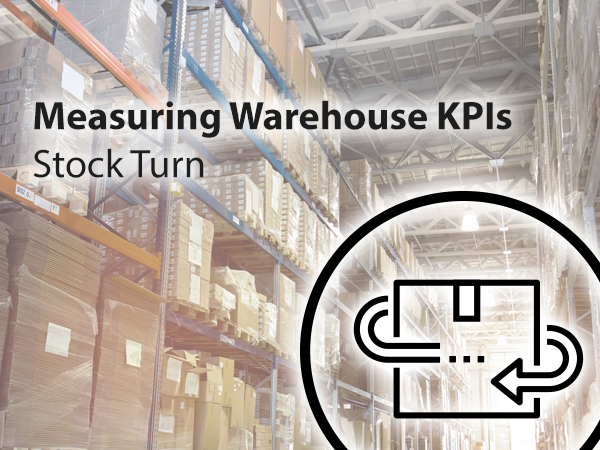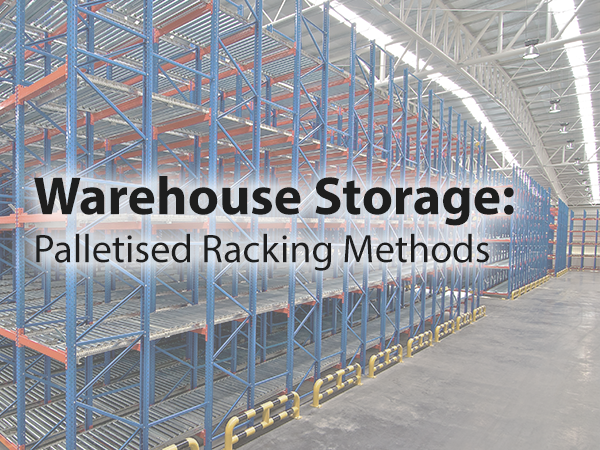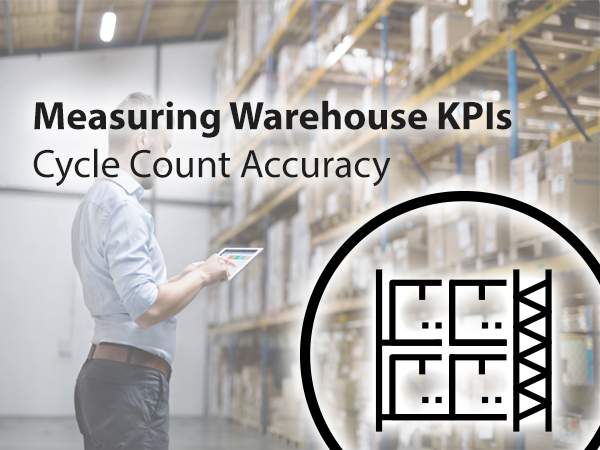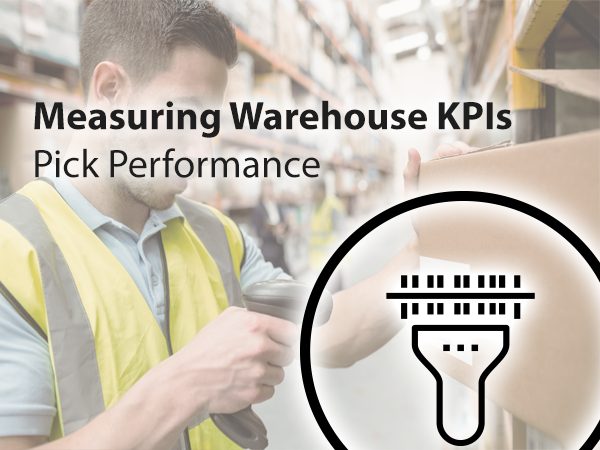Measuring Warehouse KPIs: Stock Turn
This post focuses on stock turn. This is the seventh and final article in a series looking at measuring KPIs for warehouse operations. We recently outlined the 7 KPIs to track for warehouse improvement. This series takes each KPI and examines it in more detail. What does stock turn measure? Stock turn – or stock […]
Measuring Warehouse KPIs: Stock Turn Read More »









